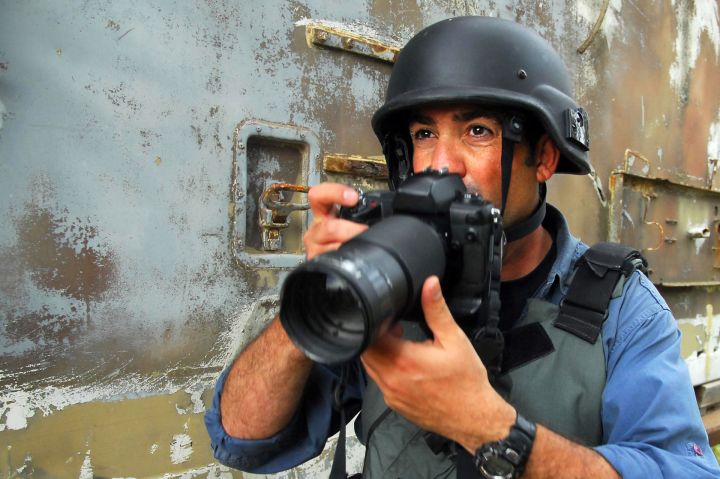
The New York Times reports that, among other things, this Pentagon document had previously been a hot topic for its interpretation of journalists and photojournalists that were on scene at an engagement or in an active theater of war. One section likened them to spies and noted that sharing any information that could be valuable to the enemy in combat could be considered taking a direct part in hostilities — which would make journalists and photojournalists valid targets for U.S. servicemen.
This sort of worrisome language and thinking — while not ever, to our knowledge, acted on — left the door open for bad decisions from military commanders that might cause international incidents by ordering or condoning the killing of civilian journalists. It was an issue directly addressed by the Pentagon in this latest update to the Laws of War Manual.
In fact, one might say that the Pentagon went to incredible lengths to make it clear that engaging in journalism or photojournalism does not constitute taking direct part in hostilities, even if the photojournalist or correspondent was to meet with enemy units as part of their assignment. “Journalists are civilians and are to be protected as such,” Charles Allen, Pentagon Deputy General Counsel, said in a statement regarding the update.
The Laws of War Manual remains a controversial document for its interpretation of other areas of International War law, but as far as war correspondents and photojournalists are concerned, the update is a major step in protecting those covering conflict. It makes war coverage, an already incredibly dangerous assignment, a little more safe — from the U.S. side anyway.


